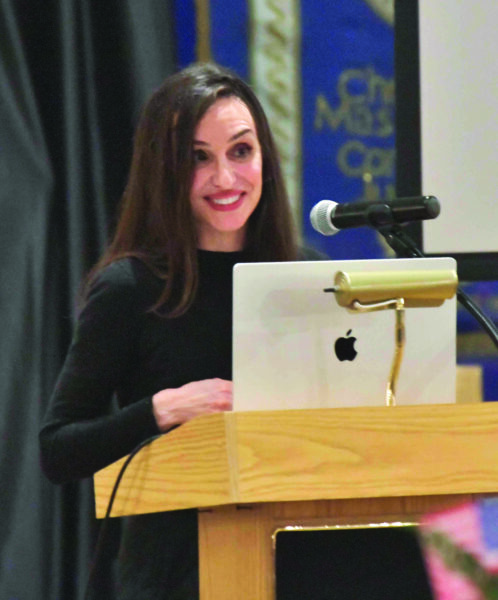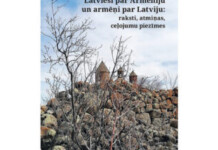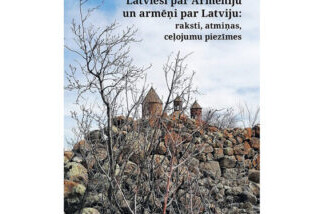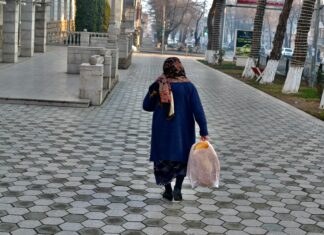CHELMSFORD, Mass. — Hundreds gathered on March 22 at the St. Vartanantz church hall to mark the 130th anniversary of the founding of the Armenian Revolutionary Federation (ARF), at a program sponsored by the Lowell Aharonian Gomideh (committee) is part of a series of presentations on Armenian history, life and culture.
Lowell was the birthplace of the ARF in North America in 1895.
Opening the program was began after an introduction Dr. Ara Jeknavorian, the Merrimack Valley Armenian National Committee co-chair, who spoke about the founding of the Lowell ARF Chapter and the work of the members, along with the Armenian National Committee, to present the Armenian Cause locally and nationally. Next, Lowell Gomideh chairman Stepan Dulgarian, welcomed the audience with opening remarks and recognized 50th year ARF members.
The keynote speaker was Prof. Christina Maranci, Mashtots Professor of Armenian Studies at Harvard University, who addressed the tragic destruction of Artsakh’s cultural heritage.
Ani Babaian, Gomideh member and curators at the National Association for Armenian Studies and Research (NAASR), introduced Maranci.
Maranci began her illustrated lecture with a brief history of the loss of Armenian territories in Western Armenia and Nakhichevan (Nakhijevan), and the continuing destruction of nearly all traces of Armenian physical and cultural habitation in the region since the 2023 loss of Artsakh (Nagorno-Karabakh) to the Azerbaijani military forces.









